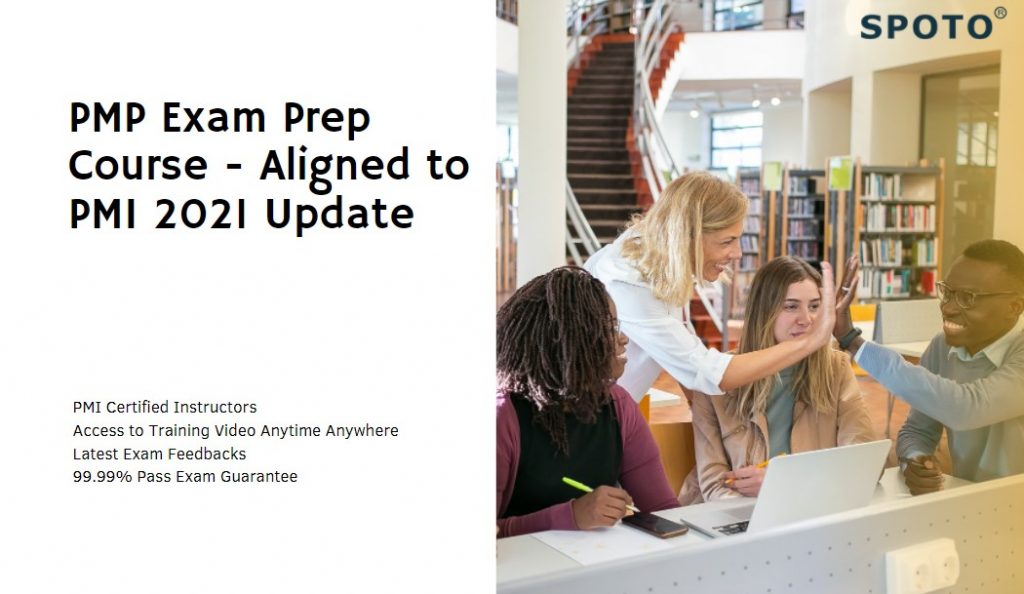A common question for project management leaders is, “What is the importance of project documentation, and how can I ensure I’m performing the function correctly?” Without a doubt, project documentation is an essential component of project management training. It is substantiated by the essential two functions of documentation: ensuring that project requirements are met and establishing traceability regarding what has been done, who has done it, and when it has been done.
Documentation must lay the groundwork for quality, traceability, and history, both for individual documents and for the entire project. It is also critical that the documentation is well-organized, easy to read, and sufficient.
Uses for Project Documentation
Experienced project managers are excellent at creating and adhering to standard templates for project documents. They repurpose successful project plans, business cases, requirement sheets, and project status reports to allow them to focus on their core competency of project management rather than juggling unmanageable paperwork.
Project management is typically divided into four stages: Initiation, Planning, Control, and Closure.

Phases of Project Documentation Specifications
Report on Feasibility
A feasibility report’s purpose is to investigate and showcase task requirements, as well as to determine whether the project is worthwhile and feasible. Five primary factors are used to validate feasibility: technology and system, economic, legal, operational, and schedule. Market, resource, culture, and financial factors are secondary feasibility factors.
The Project Charter
The project charter is also referred to as the project overview statement. A project charter includes high-level project planning components that lay the groundwork for the project. It serves as an anchor, keeping you focused on the project’s goals and guiding you as a navigator through the milestones. It is the project’s formal approval.
Specification of Requirements
A requirement specification document is a detailed description of the system that will be created. It includes all user interactions with the system as well as non-functional requirements.
Document of Design
The design document displays the system’s high- and low-level design components. The high-level design document gradually evolves to include low-level design details. This document describes the system’s architectural strategies.
Work Schedule/Estimate
A work plan outlines the phases, activities, and tasks required to complete a project. A work plan also shows the timeframes required to complete a project, as well as resources and milestones. Throughout the project, the work plan is constantly referred to. Actual progress is reviewed daily against the stated plan and is thus the most important document for successfully completing projects.
Matrix of Traceability
A traceability matrix is a table that connects a requirement to the tests required to ensure that the requirement is met. Backward and forward traceability is provided by a useful traceability matrix: a requirement can be traced to a test, and a test can be traced to a requirement.
Tracking Issues
An issue tracker is a program that manages and maintains a list of issues. It makes it easier to add issues, assign them to people, and keep track of their status and current responsibilities. It also aids in the development of a knowledge base containing information on common problem solutions.
Here is a collection of 200+ Project Management Templates and Documents.
Document for Change Management
A change management document is used to track progress and keep track of all system changes. This aids in the identification of unanticipated negative consequences of a change.
Documentation for Testing
A test document contains a test plan as well as test cases. A test case is a detailed procedure for testing a feature or an aspect of a feature thoroughly. A test case describes how to perform a specific test, whereas a test plan describes what to test.
Technical Report
Product definition and specification, design, manufacturing/development, quality assurance, product/system liability, product presentation, description of features, functions, and interfaces, safe and correct use, service and repair, and safe disposal are all included in the technical document.
Documentation that is useful
The inner workings of the proposed system are defined by functional specifications. They do not include details on how the system function will be implemented. Instead, the documentation for this project focuses on what other agents (such as people or computers) might see when interacting with the system.

User Guide
The User Manual is the system’s standard operating procedure.
Transition/Rollout Strategy
The rollout plan includes step-by-step instructions for implementing the system in an organization. It consists of the step-by-step and phase-by-phase planning of the rollout. It also describes the system’s training plan.
Document Handover
The handover document is a synopsis of the system that includes a list of all the system’s deliverables.
Contract Termination
Contract closure refers to the process of completing all tasks and terms that were identified as deliverable and outstanding during the contract’s initial drafting. This only applies to projects that have been outsourced.
Lessons Discovered
Lessons learned in project documentation are used to catalog significant new learnings that have evolved as a result of the project at project midpoints and at project completion. They are used to establish a history of best and worst practices in project implementation and customer relations and to build the organization’s knowledge base.
Proper project documentation is, without a doubt, a necessary component of project management, but it is also extremely useful in keeping projects moving at a rapid pace, ensuring all stakeholders are as informed as possible, and assisting the organization in making better improvements in the future projects. We hope you found this information useful and wish you luck on your PMP certification journey.





